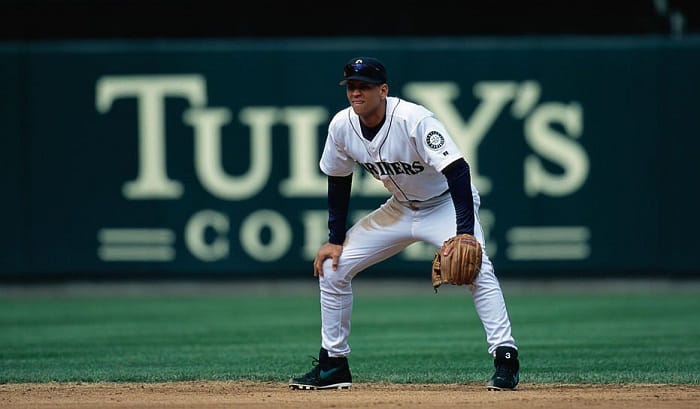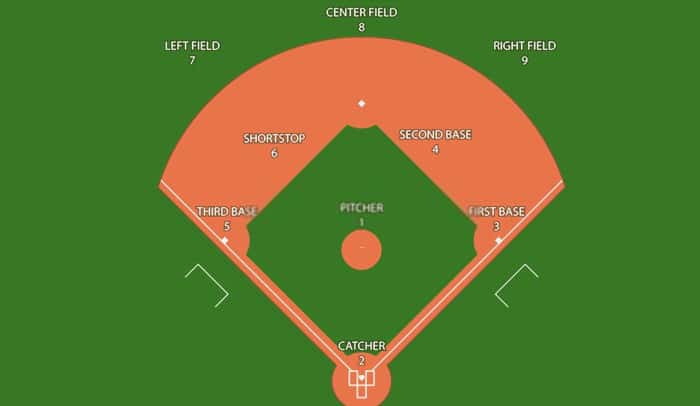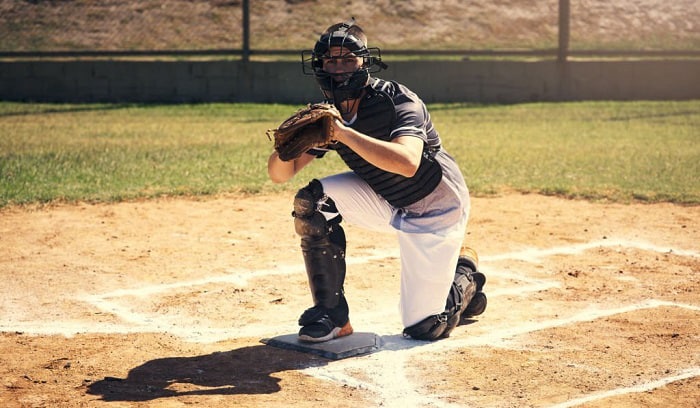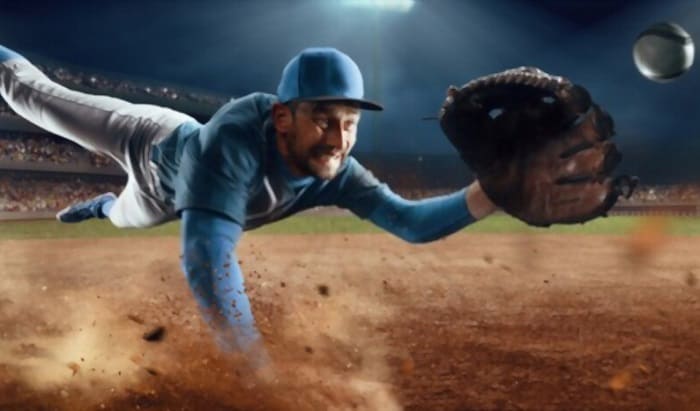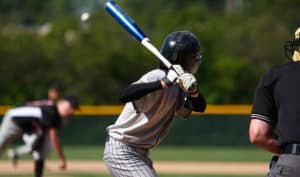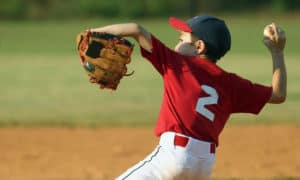Introductiontion for a shortstop, one of the most demanding positions in baseball defensive pl
What does SS mean in baseball? SS is the abbreviaays.
There are nine positions on a baseball team. Most people are aware of the pitcher, the catcher, the three basemen and the three outfielders. But not too many are familiar with the shortstop baseball position.
What is a shortstop in baseball? A shortstop is a defensive player positioned between the second and third bases. His primary job is to take care of all batted balls that land in this section of the baseball field.
Contents
What Does Shortstop Mean? Where Did the Term Come From?
Besides the pitcher and the catcher, baseball teams in the early days had three infielders guarding the bases and four outfielders catching fly balls for nine defensive players.
It wasn’t until 1849 that the shortstop position was added. Daniel Lucius Adams, a player from the Knickerbocker Base Ball Club better known as “Doc” in baseball annals, contended that three outfielders were enough to take care of the fly balls.
Adams pointed out that more balls are hit towards the left side of the field since most batters are right-handed. Hitting the ball to the left side also improved the batter’s chance of safely getting to the first base.
Adams argued that there was a huge gap in the infield, and added defense was needed between the second and third bases to stop ground balls from getting through.
Thus, the fourth outfielder was taken out, and the shortstop position came to be. Adams was first to occupy it and took care of those ground balls by “stopping them on the short side of the field”.
Where Is Shortstop in Baseball?
Now that we’ve given a basic definition of a shortstop, let’s move on to where you’ll find this position on the baseball field.
The typical position of the shortstop is in the infield between the second base and the third base. However, shortstops may switch locations depending on the situation in the field and what type of hitter is at at-bat.
Shortstops will usually stay between the second and third bases because that’s where more hits are directed if the batter is right-handed. If the batter is left-handed, a shortstop will move closer to the right side of the field between the first base and second base.
You will also notice that shortstops tend to move up or down the field. They can choose to play shallow—closer to the home plate—if the batter is known to be a ground ball hitter or if there are runners on second or third base.
On the other hand, a shortstop may opt to play deep to catch more balls when the bases are empty. Many MLB shortstops play deep, but Little League shortstops are better off playing shallow. Balls are not batted too far off, and amateur shortstops can’t really field a ball cleanly and accurately from a distance.
Is Shortstop Infield or Outfield?
The shortstop is an infield defensive position that takes charge of balls batted towards the section between second and third bases. Shortstops also function as a cut-off for throws from the outfield.
Shortstops cover the most ground among all positions in baseball. They travel from left to right or up and down the infield, so they need to be fast and agile to tackle all the fielding needed to get a batter out.
Some people argue that the function of the shortstop is technically that of an outfielder. Their observations must have stemmed from the fact that historically, the position spun off from the need to bring one of the outfielders in to fill the gap between the two bases.
What Is the Shortstop Position Number?
The number 6 is assigned to the shortstop. Baseball positions are given a number for scorekeeping purposes. The numbers are also helpful in recording double-plays and triple-plays.
Numbering starts with the pitcher and catcher, moving up to the infielders and the outfielders.
Many people ask why the shortstop isn’t assigned the number 5, considering that numbering follows a directional pattern relative to the playing position in the field.
Assigning the number 6 to the shortstop seems to be out of order.
The numbers had already been assigned before the shortstop position was created. It was easier to have players keep their original numbers, with the shortstop being assigned the number of the fourth outfielder.
What Are the Responsibilities of a Shortstop?
A shortstop needs to be a well-rounded defensive player with strong arms, excellent range factor, and good throwing speed to field well. As much as possible, a shortstop must also be right-handed. It will be difficult for a left-handed shortstop to field a ball fast where every second counts.
The shortstop calls most of the shots in the infield during defensive play. For this reason, shortstops also need excellent leadership skills and must be intelligent and mentally tough. Because of the demands of the position, the shortstop is often called the captain of the infield.
Here are the responsibilities of what is considered to be the toughest defensive position in baseball:
- Field ground balls between second and third base.
This is the primary role of the shortstop. While they are expected to cover as much ground, shortstops take charge of batted balls that land in the left section of the infield. - Cover second base when ground balls are hit towards the right section of the infield in a double play.
Due to their proximity to the ball in play, second basemen will normally go after the ball. With a runner on first, the shortstop secures the second base and throws a relay to first for two outs. - Back up second base in a steal attempt with a leftie at-bat.
Runners will often attempt to steal a base after a pitch is made. Left-handed hitters usually pull the ball which requires the second baseman to chase after it. The shortstop is tasked to cover his base. - Cover second base on a pickoff.
Batters may try to steal a base as soon as the ball goes live, so a pitcher may do a pickoff. The shortstop is tasked to secure second base as the baseman attempts to tag the runner leading off. - Cover third base following a bunt.
A batter will sometimes make a sacrifice bunt to enable a third base runner to score a run. The shortstop secures the base as the third baseman attempts to tag the runner.
- Take charge of pop-ups on the infield.
Because shortstops don’t need to guard bases, they have priority over all fly balls on the infield. When a shortstop keeps calling for the ball, the rest of the infielders must let them have it. - Act as the cut-off player for throws from outfielders.
The shortstop takes charge of relaying throws from the left and center outfielders to the third base and the home plate.
- Keep track of the number of outs and relay it to the entire defense.
The number of outs influences how defensive play, goes especially with a runner in scoring position. Before each at-bat, the shortstop raises his hand and uses his fingers to indicate the number of outs.
Conclusion
The various functions and responsibilities of a shortstop clearly make it quite a demanding position in defensive play. It requires physical toughness, quick judgment and effective leadership for a shortstop to establish clarity in every play.
Now that you know the answers to “what is a shortstop in baseball”, watching MLB and amateur baseball is definitely going to be more fun and exciting.
If you found this write-up interesting and informative, feel free to share it with anyone who needs more details on the role of the shortstop.

A powerful swing and the ball is flying across the field, just one hit, and we might never forget the thrill it brings. I do not know about you, but I never do. Every baseball game is the chance to compete with others and cooperate with your teammate. It is among my biggest passions.



